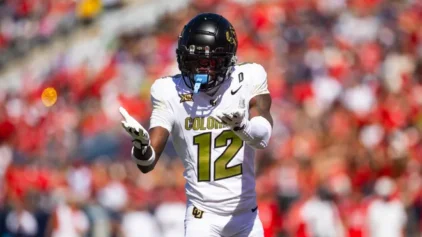The NCAA may be stingy with its money, but the kingdom of college athletics has taken steps to force its member schools to take a more active role in student-athlete academics. In 2004, the NCAA introduced the Academic Progress Rate as a means of gauging the academic progress of student-athletes. Before 2004, the NCAA usually concerned itself with the academic eligibility of individual athletes, but this was their boldest step into pairing academic prosperity with athletics. This season, UConn is among 10 other schools banned from the tournament for falling below the APR cutoff line of 925 points. However, according to the Associated Press, the schools that did advance to this season's NCAA tournament experienced a slight uptick in the graduation rate for black student-athletes.
The annual report by the University of Central Florida's Institute for Diversity and Ethics in Sport (TIDES) shows African-American players' graduation success rate increased from 59 percent in 2012 to 65 percent this year, while white players' rates increased from 88 percent to 90 percent.
The overall graduation rates for programs in the tournament increased from 67 percent in 2012 to 70 percent.
The NCAA recently voted to increase its APR cutoff line for Division I programs from 925 to 930, which is roughly equivalent to a 50 percent graduation rate. The new standard is being phased into the NCAA's average starting this year.
There is still a cavernous distance between the graduation of black and white players, but for all the dumb-jock jokes, it's higher than the national graduation rate average of 38 percent for African-American students. Props to the NCAA for forcing athletic programs to get more invested in their players getting their degrees. Now, if they would just direct the same level of concern towards helping players get that money.



